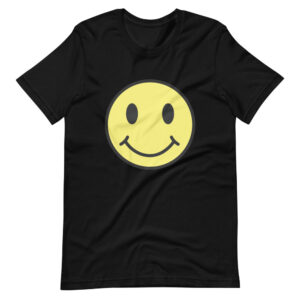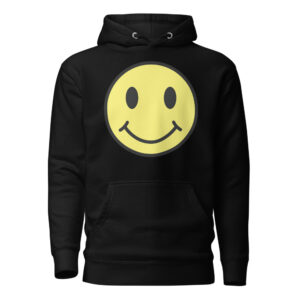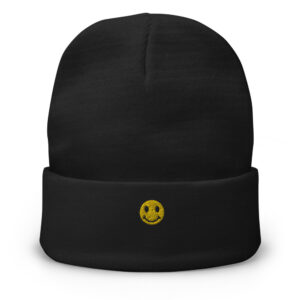-
×
 Have a Nice Day T-Shirt
1 × $111.00
Have a Nice Day T-Shirt
1 × $111.00
How the Fabric and Wellness Connection Shapes Modern Style
The conversation around wellness has moved far beyond diet and exercise. Today, what we wear is being woven into the broader definition of a healthy lifestyle — and that includes the fabric and wellness connection. From organic cotton to moisture-wicking blends, breathable materials are being championed not just for comfort, but for their role in supporting overall wellbeing.
Why Fabric Choices Suddenly Matter More
The growing awareness of skin sensitivity, overheating, and stress-related discomfort has shifted attention toward what fabrics actually do for the body. Shoppers are no longer just asking how a shirt looks, but how it feels — and more importantly, how it helps them function through the day.
Natural fibers like cotton, bamboo, and linen are praised for their softness, airflow, and hypoallergenic qualities. They’re less likely to trap heat or irritate the skin, making them ideal for people who value ease over excess. The fabric and wellness connection is being felt most clearly in everyday clothing — think simple tanks, relaxed trousers, and breathable sleepwear.
How Wellness Became a Fashion Driver
The pandemic reset how many people dress. With more time at home and less emphasis on formality, wellness became a core filter for every purchase. Comfort, once a bonus, became a baseline. From that moment, breathable fabrics moved from niche to norm.
This shift wasn’t just about loungewear. Designers began rethinking fit and fabric across all categories — even tailoring and event dressing — to include stretch, give, and ventilation. Wearing something that lets your skin breathe is now seen as an act of care, part of the broader self-investment philosophy that defines modern wellness.
Brands Embracing the Fabric and Wellness Connection
Labels both new and established are leaning into this intersection. Athleisure brands have expanded their offerings with temperature-regulating materials designed for all-day wear. Meanwhile, fashion houses are launching “conscious” collections made with plant-based fabrics and dye-free processes that prioritize skin health.
Sustainable labels have long embraced breathable materials, but what’s changed is that mainstream fashion is now following suit. The benefits go beyond personal comfort — breathable, natural fabrics often align with lower-impact manufacturing and biodegradability, making them better for the planet as well.
Styling for Breathability Without Sacrificing Style
You don’t need to dress like you’re headed to a yoga class to tap into this trend. The key is choosing garments that allow airflow without looking overly casual. Light cotton shirting, unlined blazers, open-weave knits, and wide-leg trousers all give structure without suffocation.
Footwear plays a role too — leather slides or canvas sneakers help complete a look that feels both polished and breathable. And for accessories, opt for minimal, skin-friendly materials like untreated metal or natural fiber bags.
A Shift That’s Here to Stay
The desire for ease and function in our clothing isn’t going away — it’s expanding. The fabric and wellness connection is now part of how many people think about dressing smartly. It’s no longer just about what flatters the body, but also what supports the body. And in that way, breathable fashion feels less like a passing trend and more like a redefinition of how we care for ourselves, starting with what we wear.





